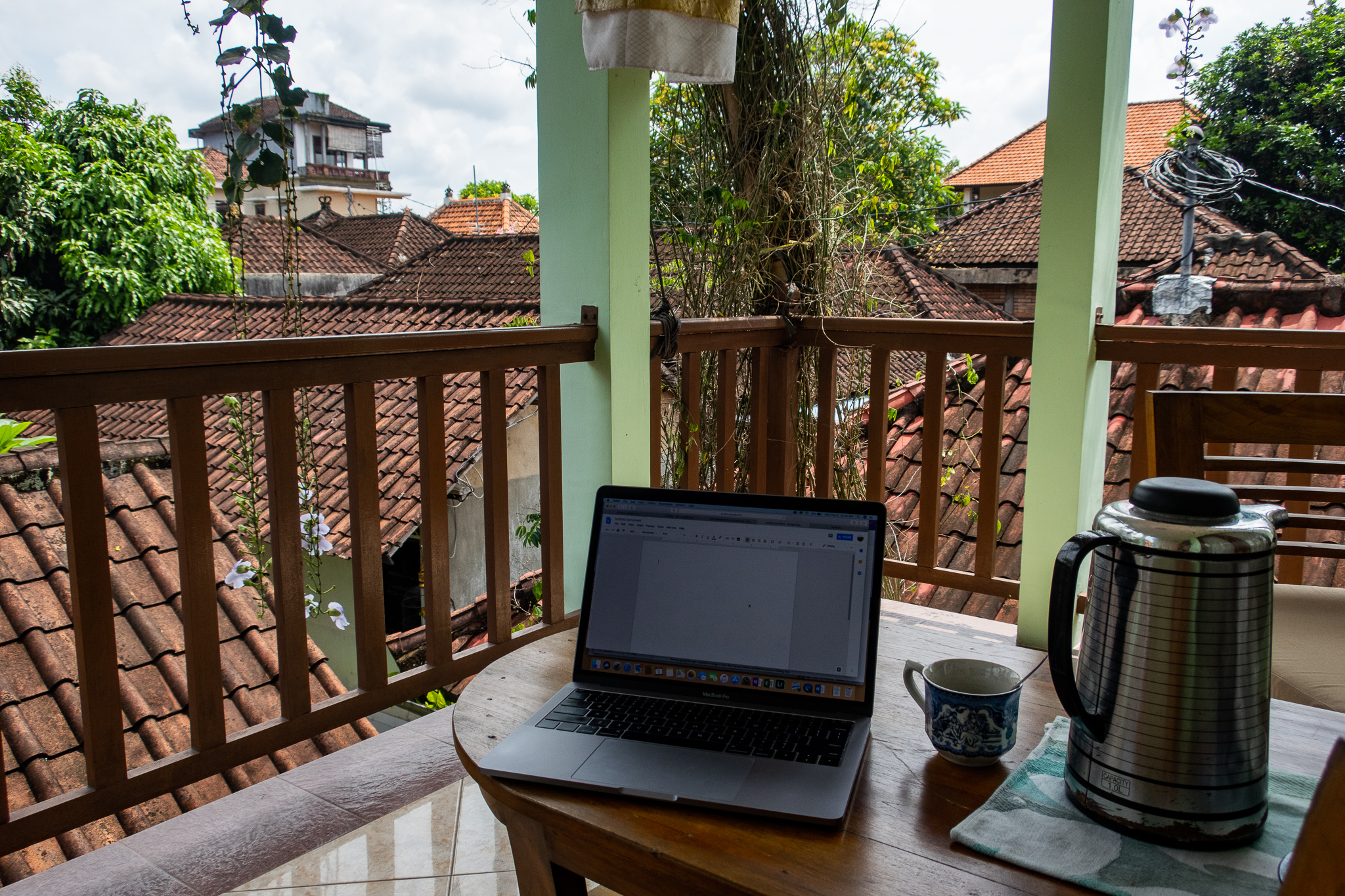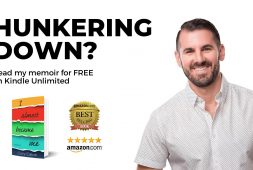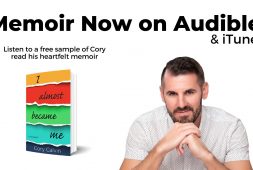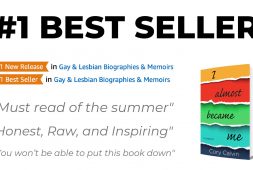
I had crossed the first big milestone of writing my first book: finishing my first manuscript, which I had been told is the hardest part of writing a book. Now it was time to share my first draft with an editor. Of course this isn’t something authors would have to do, but my book was pretty raw and I needed help. At this point, my manuscript was only stories slapped together without any flow. I needed help to piece the stories together into some sort of flow.
With the help of my book coach, I found a developmental editor. The developmental editor reads through the manuscript several times and helps develop a complete structure of the story. Of course there are different services provided at this level. A high level run through provides structural help with examples of where to dive deeper and where to add elements like humor. After an introductory consultation providing an overview of the book’s theme and purpose, a final one-hour virtual call is conducted to walk the author through the main structural suggestions to make the book better.
A more detailed consultation is also available. Everything is the same as the high level consultation except that the editor takes more time to provide a marked up version of the manuscript suggesting what and where adjustments could make sense. This version costs a lot more due to the detailed work involved.
After consulting with my book coach, I opted for the high level option even though I had always imagined that I would ship my manuscript off to an editor and it would come back in near perfect form ready to publish. But this “dream scenario” was certainly not the case. The final one hour consultation with my developmental editor turned into a two hour conversation with helpful tips.
My developmental editor agreed that the theme of my book was about being brave and being authentic. I know that I have a powerful message to share which will help others overcome barriers in their lives. And my editor firmly believed that I should write for an LGBT audience due to my story. Of course this doesn’t mean that non-LGBT people can’t read the book. In fact my book’s message applies to many people going through life struggles. But the point she was making was that my story will be much more powerful if I craft my voice towards an LGBT reader.
And I agree with her. My story is a journey of becoming myself. And growing up in a rural community knowing that I was different than my peers is certainly a lens that others can relate to. And then sharing my story about navigating the corporate world and figuring myself out along the way. This type of bravery is something many people will be able to embrace. I am certainly excited to share my story with the world and hopefully inspire others going through a rut in their lives.
But, because the high level edit was just that, high level edits, I began to quickly realize that I had a lot more work ahead of me. My editor challenged me to elaborate on life stories that I vaguely mentioned in my first manuscript. Stories that had the potential to be much more impactful than what I had written about.
She went on to say that I needed to lean more into my writing. That I hadn’t found my voice, yet. And she basically said that my writing was boring. Her comments were certainly a hard pill to swallow. I have been journaling daily for most of my life. But my writing has been very factual. Very matter of fact. “I did this. I felt this way.” But writing a book to keep the reader interested the full way through needed to be much more descriptive.
My mind instantly thought about how I have lived most of my life thinking with my left brain, the side that is analytical and literal. But how can I shift to begin thinking with my more creative and colorful right brain? I had been trained for years in the corporate world to write in a very boring way. And now, even though I have been enjoying the process of writing this memoir, I am learning how difficult it is to write a good book. Sure, I could produce the book that I wrote in my first manuscript. But looking back at what I produced, my first draft certainly is boring.
Just when I thought I was almost finished with my book, I now have a lot more writing ahead of me to be able to launch my book in early January. And I need to somehow find my voice along the way. To be able to show the reader what is occurring instead of telling them.
The writing journey continues…
NEXT UP: STEP 9: FINDING MY VOICE
Here are the links to previous articles in the series in case you missed them
STEP 2: WHAT THE HECK DO I WRITE ABOUT?
STEP 3: FINALIZING THE ANGLE, BUT STILL NOT SURE…
STEP 4: STARTING TO WRITE MY BOOK…BUT JUST WRITE, DON’T EDIT
STEP 5: THE HEALING PROCESS: OVERCOMING EMOTIONS THROUGH WRITING


